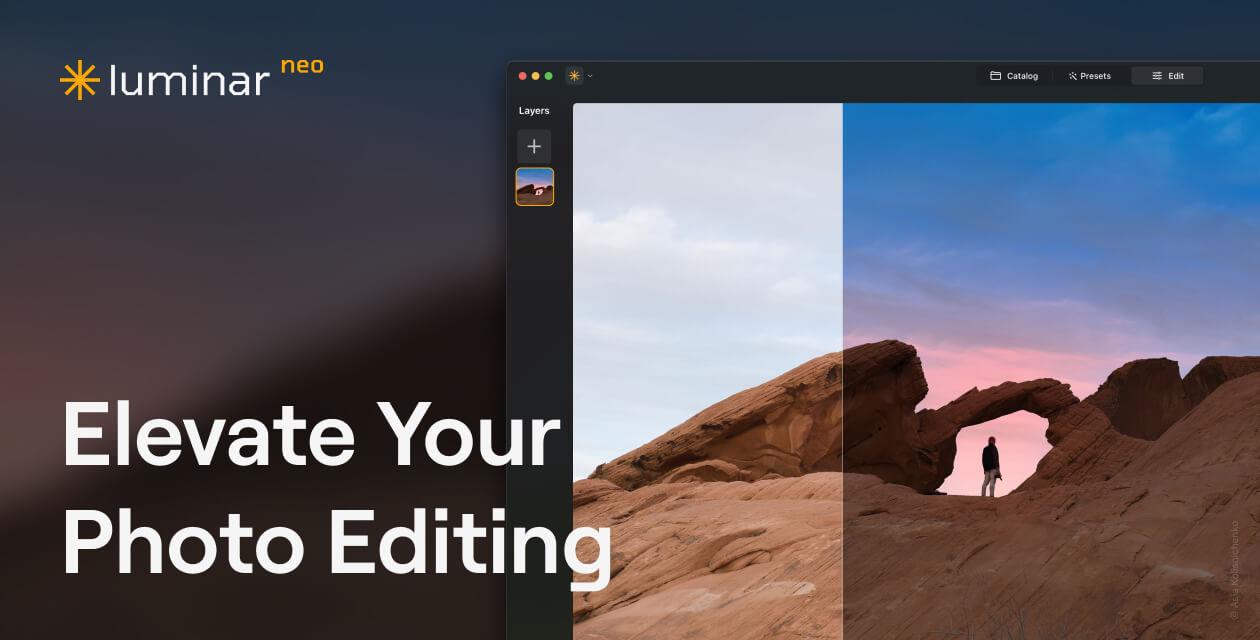Hopefully, this information will prove useful members of this Forum. Capture One was originally created by Phase One to support the postprocessing needs of their $50,000 medium format digital cameras. This program was designed to be used by professional photographers. However, Capture One Pro has specific profiles for cameras and lenses of other manufacturers. For example, they obtain Nikon lenses and measure them extensively correcting chromatic aberration, diffraction, distortion, sharpness fall-off, and light fall off. In most cases the program senses automatically the lens you are using and applies the necessary correction. Corrections can also be manually applied.
Raw files in C1 are stored in either a catalog or session format. Sessions are designed to store all the raw and processed images for a particular shooting session. As such they are highly portable and can be placed on thumb drives or DVDs, and are much less likely to be potentially corrupted when compared to a catalog. If you also have a catalog, session files can be automatically imported. This is a major advantage of C1 over LR. If you forget to back up your catalog and the file becomes corrupted you are facing a disaster! I have between 3- 4 TB of session files stored on my computer.
You can assign different output recipes to simultaneously process different versions of an image, e.g. TIFF, JPEG, and JPEG 1200 X 800 pixels with different ICC profiles and folder locations. The individual workspace can also be easily optimized to your preferences.
I think the primary reason people have difficulty with this program is the input-output interface, which is designed to optimize workflow for professional photographers. I would highly suggest using Sessions to start until you have mastered the program. Sessions are very simple to set up, use, and store. You can then decide if you want to incorporate one or more catalogs. Initially focus on photo processing, and not database management.
Capture One allows you to create layers (not the Photoshop definition but essentially a mask) in which selections can be made using a brush, linear, or radial gradients. Luminosity masks are also an option. A highly selective color editor is also offered.
Who’s should consider using C1? If you have little or no interest in the technical aspects of postprocessing avoid this program like the plague! If you don’t know what an ICC profile is, learn a little more before getting involved with C1. If you want to expend the time and effort to optimize every minute detail of your image this program is for you! That said, the image quality produced by the two programs is probably very similar, although there are a number of reviews that give the edge to Capture One. I have not performed a comparison.
There are lots of YouTube videos comparing LR & C1 and would encourage anyone considering this program to watch them. While there are extensive YouTube videos describing how to use C1, there are no videos describing how to optimize this program for wildlife photography! I’m a retired physician and have no affiliation with Capture One.



